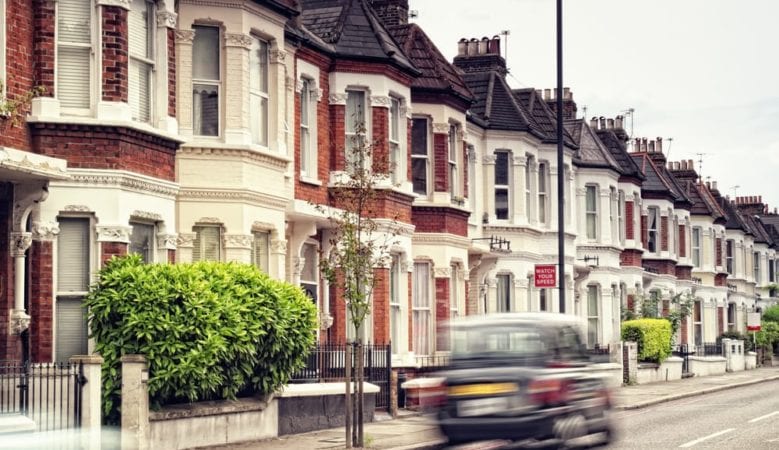Prices and rents rise in London over last 12 months, new analysis shows

Property prices and rents in outer boroughs in London have seen considerable growth in the last year, according to the latest annual residential research report that looks at all 33 boroughs.
Harrow recorded average annual house price growth of 14%, some seven times higher than the London average, the data from the borough by borough report from global real estate advisor CBRE shows.
It also points out that major investment in to regeneration and development of boroughs such as Waltham Forest and Barking and Dagenham are having a demonstrably positive impact on long term house price growth. Waltham Forest has shown an 83% increase in house price growth over the last five years, almost double the London average.
The report says that the combination of regeneration, affordability and improved transport links has attracted more and more buyers to the capital’s outer boroughs, particularly first time buyers and young families looking to take advantage of the high levels of affordable residential developments.
The past year has also seen inner London’s most central boroughs show signs of significant recovery and improvement, following two years of political uncertainty in the UK.
Kensington and Chelsea, which currently has both the highest average house and rental prices in London, has shown an annual property price increase of 9%. In addition, Hammersmith and Fulham and the City of London have forecasted to see rental prices rise substantially by 29% and 25% respectively over the next five years.
Overall increases in rental prices reflects the demand for high quality rental accommodation in the capital. This is further demonstrated by growth in the private rented sector (PRS). In London overall, 28% of households currently live in PRS accommodation, but in the last five years some boroughs have invested heavily in PRS and have experienced well over 100% increase in levels of PRS. Sutton, Islington and Tower Hamlets have seen the biggest growth.
The central London borough Westminster, which incorporates some of the capital’s most iconic districts such as Covent Garden, Mayfair and Soho, has the largest number of Michelin Star restaurants, retailers and office space in London. The average price of a new build home reflects this with it being the highest in the capital at £2,111 per square foot.
‘Brexit uncertainties make it challenging to predict the future, but our research proves that London is continuing to evolve and develop. Improved infrastructure, new homes and better transport links are creating diverse neighbourhoods in new pockets of the City, and major regeneration projects are finally coming to fruition,’ said Jennet Siebrits, head of residential research at CBRE UK.
‘These changes are having a tremendous impact on where people are buying property. Outer London boroughs in particular are showing significant growth, with areas such as Barking and Dagenham, Croydon and Waltham Forest leading the way. We anticipate growth in these regions to continue in alignment with further investment and development,’ she explained.
‘The figures in this report suggest that London’s population will grow 12% over the next decade, as people continue to flock to the one of the world’s top cities for education, business and heritage. We estimate that nearly 65,000 new homes are currently under construction and it is crucial that this rate continues if we are to safeguard the future of London as a thriving home for people from all over the world,’ she added.
According to Mark Collins, chairman of residential at CBRE UK, hotspots this year include Hammersmith and Fulham. ‘A well-established neighbourhood with a robust property market, it is an excellent example of the impact that continual investment and improvement can have,’ he said.
‘The development of White City will bring 1,400 new homes, as well the creation of what is arguably London’s most progressive higher education campus, in addition to the existing major retail outlet. The scope and range of this project will no doubt continue to attract high numbers of students, investors and visitors to the borough,’ he pointed out.
‘At the other side of the city, Barking and Dagenham remains a truly exciting area that continues to go through unprecedented transformation, the result of one of London’s biggest regeneration projects. The long term investment plans create a fantastic opportunity for first-time buyers who will benefit from the affordable housing offering, ongoing regeneration and prospective price growth, as well as excellent transport links,’ he concluded.




